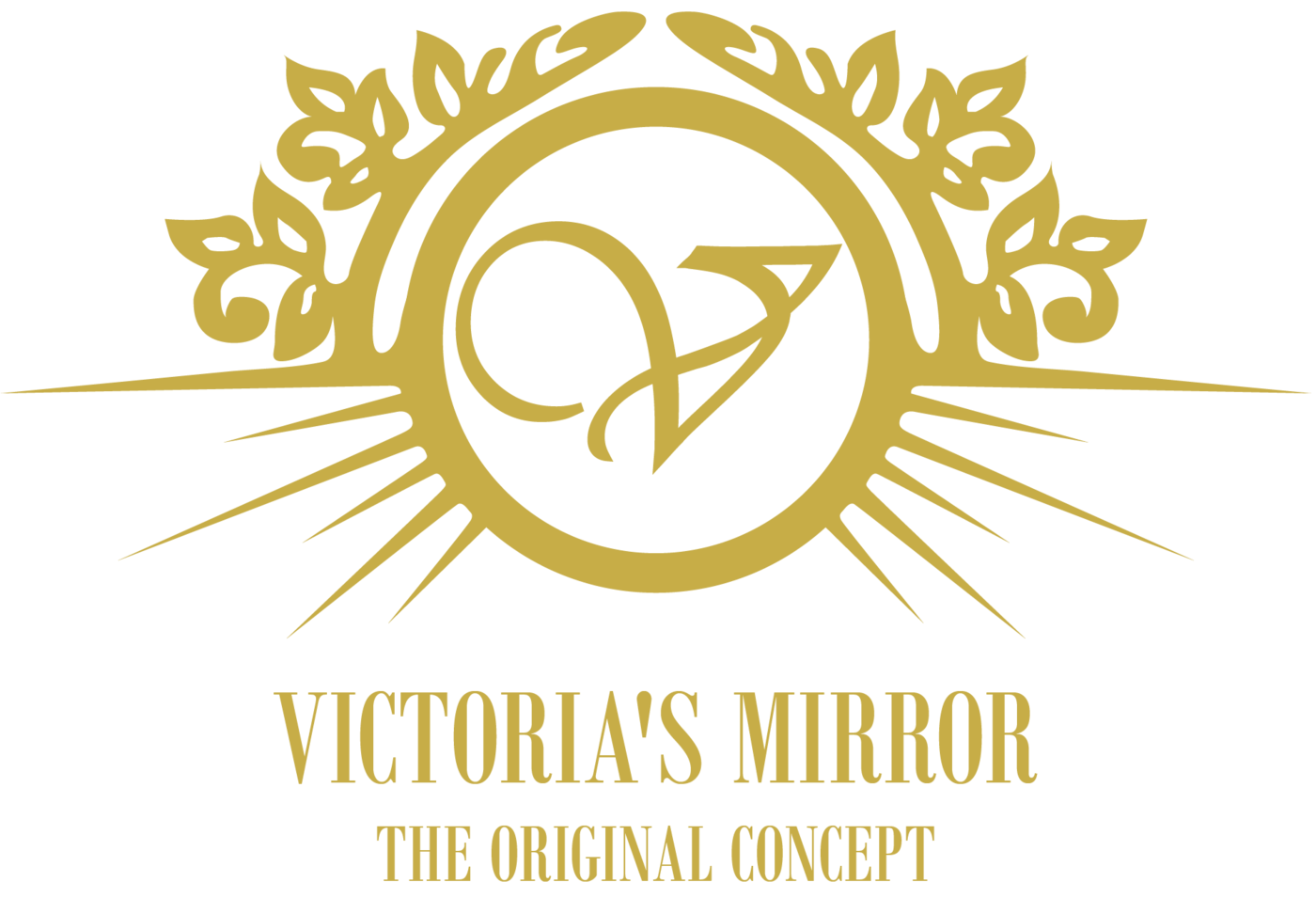HISTORY OF MIRRORS
„Like the Sun, like the Moon, like water, like gold, be clear and shine, and mirror what’s inside your heart”.
Each of us spends much of our time looking at our reflection in the mirror. The first people used to look at their reflection in still waters or in water brought in primitive pots. Nowadays the mirror is everywhere: we find it in our purse, in our house, in our office or in the leisure area.
History and manufacture of the mirrors
Following archaeological endorsements, the mirror is an ancient feature of human civilization. It is supposed that the famous statue ‘Venus of Milo’ held in its hands the features of beauty: A comb (or a veil) and a mirror. It is also assumed that Archimedes employed some mirrors to use the warmth of the Sun to burn the Roman fleet, but it is believed that these would only have been used to disorientate them with the sunlight.
At the same time, the famous Alexandria lighthouse used huge mirrors to indicate the way to the port. It was said that its light could be seen 50 km away.
The first mirrors date back about 5,000 years, with the expansion centers in Egypt and China. They were made of bronze or silver polished and had oval shape. The first glass mirrors were obtained by the glassmakers in Murano during the 12th century. Until the 17th century, in Venice, all those who disclosed the secret of manufacturing mirrors could be sentenced to death. The manufacture of mirrors remained the monopoly of the Venetian State until the mid-17th century. The chemical process of coating glass with metal silver was discovered in the 19th century. To this day some countries still have disputes about the original inventor of this process. The German Justus von Liebig published in 1835: ‘When the aldehyde is combined with a solution of silver nitrate and heated, the reduction occurs, and as a result, the silver is deposited on the glass, forming a beautiful mirror’. Optical mirrors are made up of gallium. Current mirrors are manufactured by spraying a thin layer of aluminium or applying a melted silver layer on the bottom of a glass plate in a hermetically sealed container. In optical mirrors used in telescopes and other optical instruments, aluminium evaporates on a front surface of the glass rather than on the back of the glass, to eliminate weak reflections from the glass.
Etymology
The term ‘mirror’ has its origin by derivation from the verb to mirror (which comes from ancient Slavic language).
The symbols of the mirror
The mirror reflects the truth, the honesty, the feelings of the heart and the consciousness. A Chinese mirror from a Hanoi museum reads: ‘Like the Sun, like the Moon, like water, like gold, be clear and shine, and mirror what’s inside your heart’. Yama, the Indo-Buddhist sovereign of the kingdom of the dead, uses a karma mirror for Judgment. The truth revealed by the mirror can obviously be of a higher order: Evoking magical mirror of the Xin dynasty, Nichiren compares it with the mirror of the Buddhist dharma, which shows the cause of the past events. Symbol of moon and femininity, the mirror is also the Queen’s emblem in China. It is the sign of the harmony, of the marital union. The clean mirror is the symbol of purity and one of the emblems of the Virgin Mary. In Japan, Kagami, the mirror, is a symbol of the absolute purity of the soul, of the unsullied soul, of self-reflection in its own mirror.
Physical Principles
In a plane mirror, a parallel beam of light changes its direction of propagation, remaining parallel; Images created by a plane mirror form a virtual image of the same size as the original object. Furthermore, concave mirrors transform parallel beams of light into a convergent beam, the rays of which shall cross in the focal point of the mirror. Finally, convex mirrors convert a parallel beam into a divergent beam, with rays moving from a common intersection in the ‘back’ of the mirror.
* Spherical concave and convex mirrors do not focus parallel rays to a single point due to spherical aberration. A ray of light is reflected on the mirror at a reflection angle equal to the angle of incidence. This occurs when a beam of light falls vertically onto a mirror, it forms a 30° angle and reflects from the incidence point to 30° in the vertical opposite direction.

USEFUL PAGES
HOME
ABOUT US
MIRRORS
CONSOLES
HOW IT’S MADE
GUARANTEE
DELIVERY AND PAYMENT

